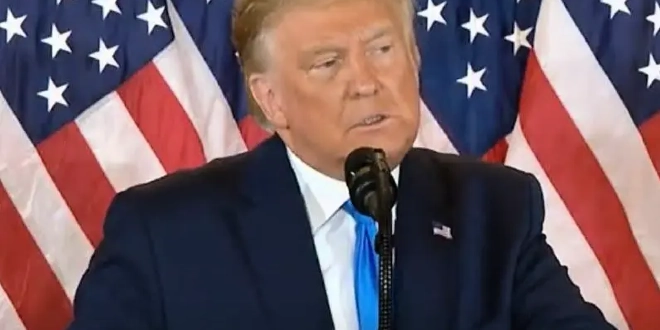On April 2, 2025, U.S. President Donald Trump is set to announce a series of new tariffs, branding the day as “Liberation Day.” These tariffs aim to bolster domestic manufacturing and address perceived unfair trade practices. The anticipated measures include a 25% tariff on auto imports and additional levies on products such as steel, aluminum, pharmaceuticals, and computer chips. Major trading partners, including China, Canada, Mexico, and the European Union (EU), are expected to be affected.
Potential Economic Impact
The administration projects that these tariffs could generate approximately $600 billion annually. However, economists warn of potential economic downturns, including increased consumer costs and disrupted trade relationships. Critics argue that the tariffs may serve to fund tax cuts favoring the wealthy, while Republican leaders express cautious support. The lack of specific details has led to uncertainty among businesses and global markets.
International leaders have voiced apprehension regarding the impending tariffs. Italian Prime Minister Giorgia Meloni emphasized the potential harm to Italian companies and the unfair burden on American consumers. European Central Bank President Christine Lagarde highlighted the possible negative repercussions for the global economy. citeturn0news30 In Ireland, there is particular concern about the pharmaceutical sector, which could see exports to the U.S. halved if the tariffs are implemented.
As the world awaits the official announcement, the full scope and impact of these tariffs remain uncertain, with significant implications for international trade and economic stability.
 The Daily Star Ireland
The Daily Star Ireland

